- Home
- About Us
- Products
- TD High-efficiency And Energy-saving Circulating Pump
- TD High-efficiency And Energy-saving Circulating Pump Accessories
- Pipeline Pump
- Pipeline Pump Accessories
- Sewage Pump
- Sewage Pump Accessories
- LG Multi-stage Pump
- LG Multi-stage Pump Accessories
- Cooling Tower Circulation Pump
- Electric Motor
- Electric Motor Accessories
- News
- Contact Us
- Home
- About Us
- Products
- TD High-efficiency And Energy-saving Circulating Pump
- TD High-efficiency And Energy-saving Circulating Pump Accessories
- Pipeline Pump
- Pipeline Pump Accessories
- Sewage Pump
- Sewage Pump Accessories
- LG Multi-stage Pump
- LG Multi-stage Pump Accessories
- Cooling Tower Circulation Pump
- Electric Motor
- Electric Motor Accessories
- News
- Contact Us
Web Menu
- Home
- About Us
- Products
- TD High-efficiency And Energy-saving Circulating Pump
- TD High-efficiency And Energy-saving Circulating Pump Accessories
- Pipeline Pump
- Pipeline Pump Accessories
- Sewage Pump
- Sewage Pump Accessories
- LG Multi-stage Pump
- LG Multi-stage Pump Accessories
- Cooling Tower Circulation Pump
- Electric Motor
- Electric Motor Accessories
- News
- Contact Us
Product Search
Exit Menu
How Do Multistage Pumps Compare to Single-Stage Pumps in Performance?
Pumps are essential components in countless industrial, municipal, and commercial applications, ensuring the efficient movement of liquids from one point to another. Among the many types of pumps available, single-stage pumps and multistage pumps are two of the most commonly used. While they share the fundamental purpose of transferring fluids, their designs and performance characteristics differ significantly. Understanding these differences is crucial for selecting the right pump for specific applications.
Understanding Single-Stage and Multistage Pumps
Before comparing performance, it is important to define each type of pump.
Single-Stage Pumps
A single-stage pump contains a single impeller within its casing. The impeller rotates, imparting kinetic energy to the liquid, which is then converted into pressure energy as the fluid exits the pump. Single-stage pumps are relatively simple in design and are commonly used for applications where moderate pressure is sufficient. Examples include water supply systems, irrigation, and light industrial processes.
Multistage Pumps
A multistage pump, as the name implies, has two or more impellers mounted in series within the same pump casing. Each impeller adds energy to the fluid, allowing the pump to achieve much higher pressures than a single-stage pump. Multistage pumps are widely used in applications requiring high head pressures, such as boiler feed systems, high-rise building water supply, reverse osmosis systems, and industrial process water circulation.
Key Performance Differences
The primary differences between single-stage and multistage pumps arise from their design and energy-adding mechanisms. These differences influence efficiency, head generation, flow rate, and adaptability.
1. Pressure and Head
- Single-Stage Pumps: Single-stage pumps are capable of generating moderate head pressure, making them suitable for low to medium-pressure applications. The maximum head is limited by the impeller’s design and speed.
- Multistage Pumps: By adding multiple impellers in series, multistage pumps significantly increase the head pressure without increasing pump speed. Each impeller contributes additional energy, making these pumps ideal for high-pressure applications.
Key takeaway: For systems requiring high-pressure delivery, multistage pumps outperform single-stage pumps substantially.
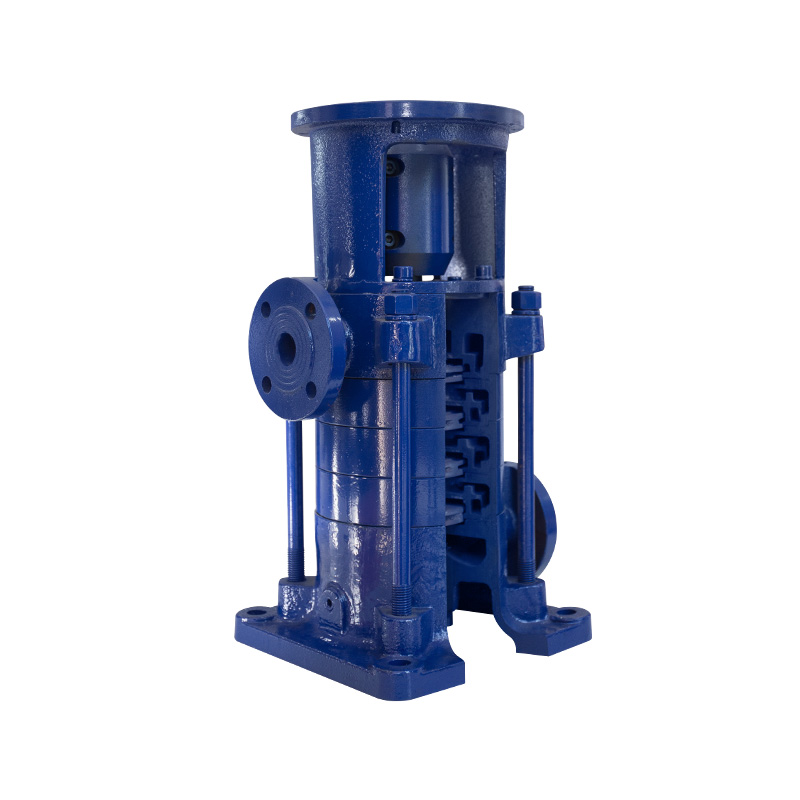
2. Flow Rate
- Single-Stage Pumps: Typically, single-stage pumps can handle high flow rates at lower pressures, making them suitable for bulk water transfer. Their flow rate is limited primarily by impeller size and rotational speed.
- Multistage Pumps: While multistage pumps generate higher pressure, their flow rate tends to be lower than single-stage pumps for the same pump size because energy is focused on increasing head rather than volume.
Key takeaway: Single-stage pumps are better for applications prioritizing volume, while multistage pumps excel where pressure is the main requirement.
3. Efficiency
Efficiency is a crucial factor in pump performance, affecting energy consumption and operating costs.
- Single-Stage Pumps: Efficiency varies depending on flow and head conditions. At their design point, they operate efficiently, but efficiency drops if the pump operates far from the best efficiency point (BEP).
- Multistage Pumps: Multistage pumps tend to maintain higher efficiency over a wider range of operating pressures. Because each stage is designed to handle part of the total head, the pump can operate closer to the BEP, reducing energy loss.
Key takeaway: Multistage pumps generally offer better efficiency for high-pressure applications, whereas single-stage pumps are more energy-efficient for moderate-head, high-flow scenarios.
4. NPSH Requirements
Net Positive Suction Head (NPSH) is important to prevent cavitation and maintain pump reliability.
- Single-Stage Pumps: Usually require moderate NPSH, suitable for standard suction conditions.
- Multistage Pumps: Due to higher pressure generation, multistage pumps may have increased NPSH requirements at the suction side. Careful design and proper suction piping are critical to prevent cavitation.
Key takeaway: Systems with low suction head may favor single-stage pumps unless multistage pumps are specifically designed for low NPSH operation.
5. Maintenance and Complexity
- Single-Stage Pumps: Simpler design means fewer moving parts, easier maintenance, and lower repair costs. Operators can perform inspections and servicing with minimal downtime.
- Multistage Pumps: More complex due to multiple impellers and seals. Maintenance requires careful alignment and handling of each stage. However, the improved performance often justifies the additional maintenance effort in high-pressure applications.
Key takeaway: Single-stage pumps are easier to maintain, while multistage pumps offer superior performance at the cost of more complex servicing.
6. Noise and Vibration
- Single-Stage Pumps: Generally generate moderate noise and vibration, depending on speed and flow.
- Multistage Pumps: Multiple impellers and higher pressures can introduce additional vibration and noise if not properly balanced and installed. Modern designs, however, often mitigate these issues with precision engineering.
Key takeaway: For sensitive installations, attention to pump mounting and balancing is important for multistage pumps.
Typical Applications
Single-Stage Pumps
- Water transfer for irrigation systems
- Cooling water circulation in industrial plants
- Municipal water supply at moderate pressure
- Flood control and dewatering
Multistage Pumps
- Boiler feedwater systems in power plants
- High-rise building water supply
- Reverse osmosis water treatment
- High-pressure industrial cleaning systems
- Mining and process water circulation
By analyzing the specific needs of the application, engineers can determine whether the pressure or flow requirement is more critical, guiding the choice between single-stage and multistage pumps.
Energy Considerations
In modern operations, energy consumption is a major factor in pump selection. Multistage pumps, while capable of high pressures, often consume less energy per unit of head delivered compared to multiple single-stage pumps operating in series. Additionally, their ability to operate closer to the best efficiency point reduces electricity costs over the pump’s lifetime.
Single-stage pumps may be more economical when the system does not require high pressure, especially for high-volume water transfer. Therefore, evaluating operating conditions, duty cycles, and energy pricing is crucial for cost-effective pump selection.
Conclusion
Single-stage pumps and multistage pumps each have unique strengths and limitations:
- Single-stage pumps excel in high-flow, moderate-pressure applications, offering simplicity, lower cost, and easier maintenance.
- Multistage pumps are superior in high-pressure applications, delivering higher head, better efficiency under demanding conditions, and long-term reliability, though they require more complex maintenance and higher initial investment.
Choosing the right pump depends on careful consideration of system pressure requirements, flow rates, efficiency goals, NPSH conditions, and maintenance capabilities. In industrial and commercial settings where high pressure and energy efficiency are critical, multistage pumps often provide the most reliable and cost-effective solution. Conversely, for applications prioritizing simplicity and high-volume transfer at moderate pressures, single-stage pumps remain a practical choice.
By understanding the performance characteristics of both types of pumps, engineers and facility managers can ensure optimal system operation, reduced energy costs, and long-lasting equipment reliability.
Related Products
-
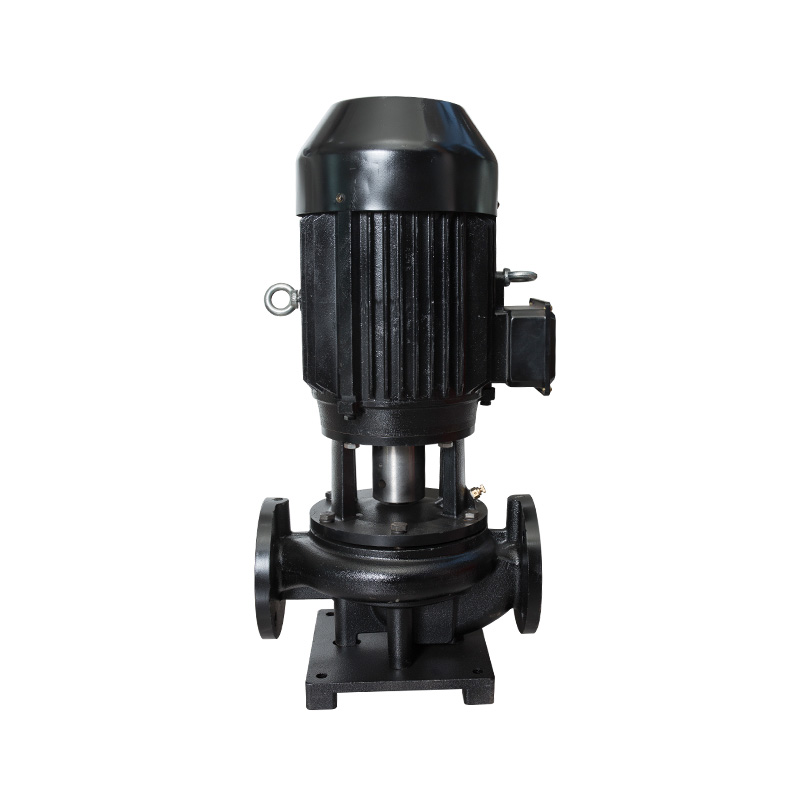
Vertical TD high-efficiency and energy-saving circulation pump
Cat:TD High-efficiency And Energy-saving Circulating Pump
The TD type single-stage pipeline circulation pump is a green, environ...
See Details -
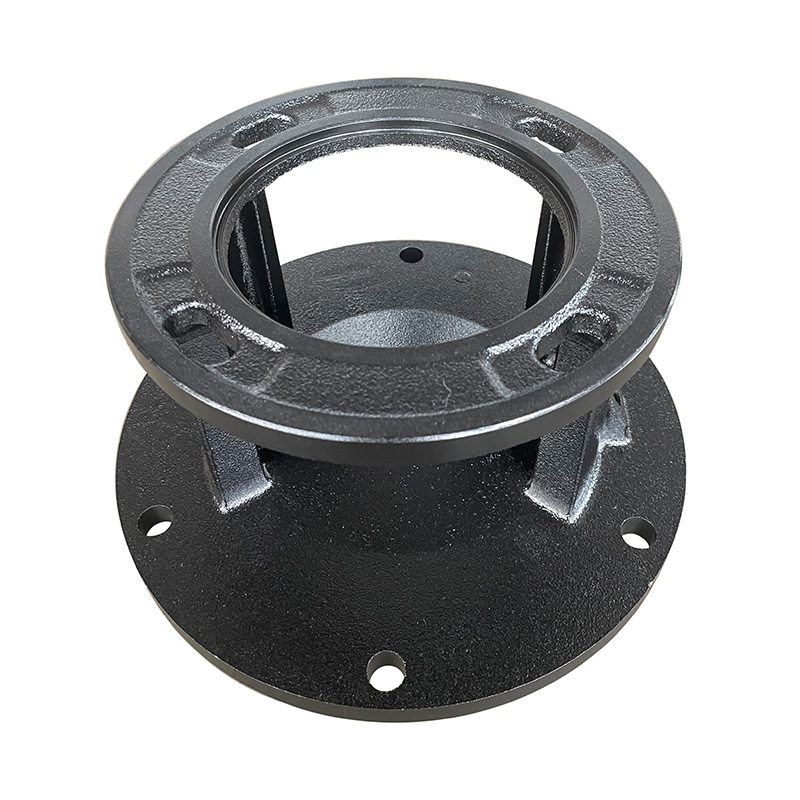
TD high-efficiency energy-saving circulation pump vertical base
Cat:TD High-efficiency And Energy-saving Circulating Pump Accessories
A vertical base is a pedestal used to support and secure a vertical TD...
See Details -
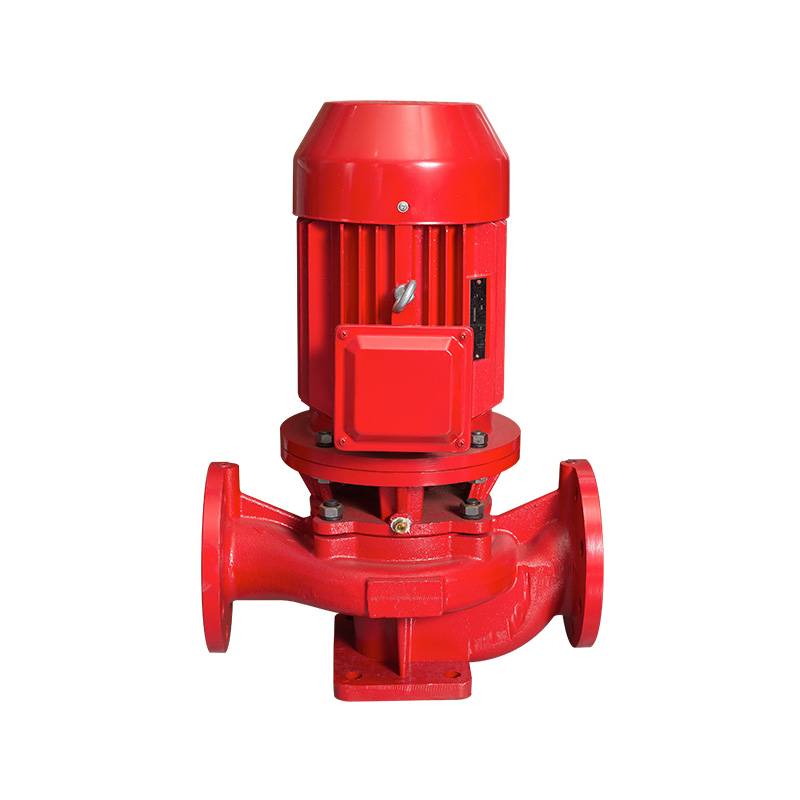
Vertical pipeline pump
Cat:Pipeline Pump
ISG series single-stage single-suction vertical centrifugal pump is a ...
See Details -
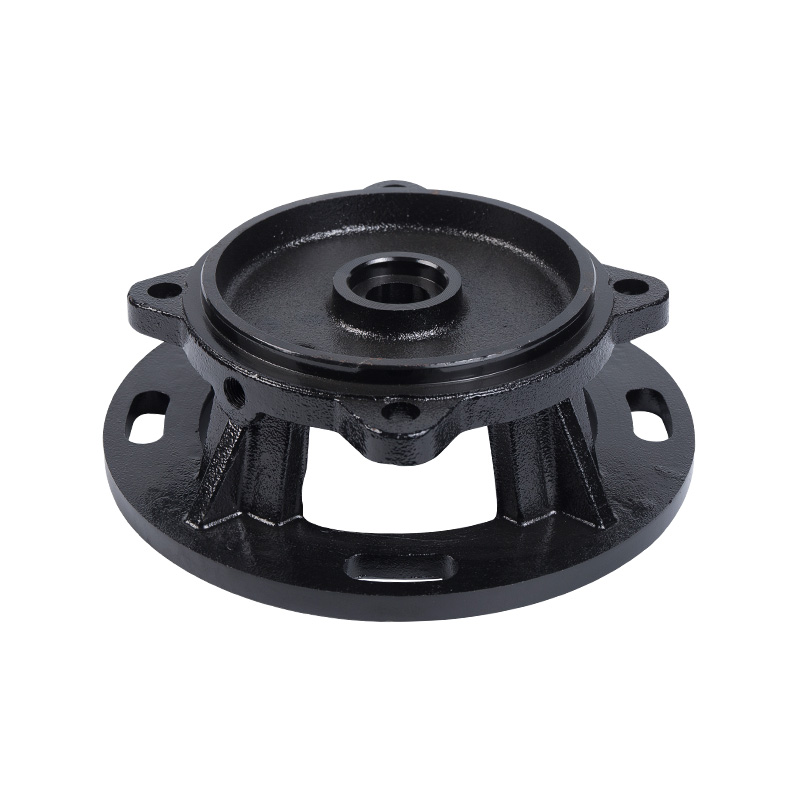
Pipe pump cover
Cat:Pipeline Pump Accessories
The pump cover is used to tighten and seal. The pump cover ensures tha...
See Details -
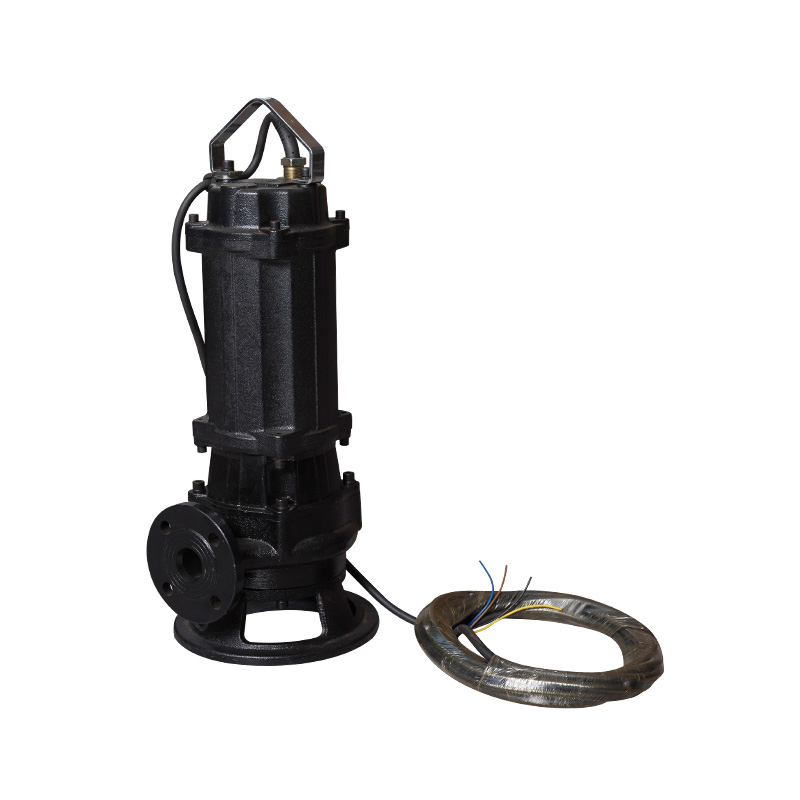
Ordinary sewage pump
Cat:Sewage Pump
1. Our WQ-type general sewage pump adopts a large flow channel anti-cl...
See Details -
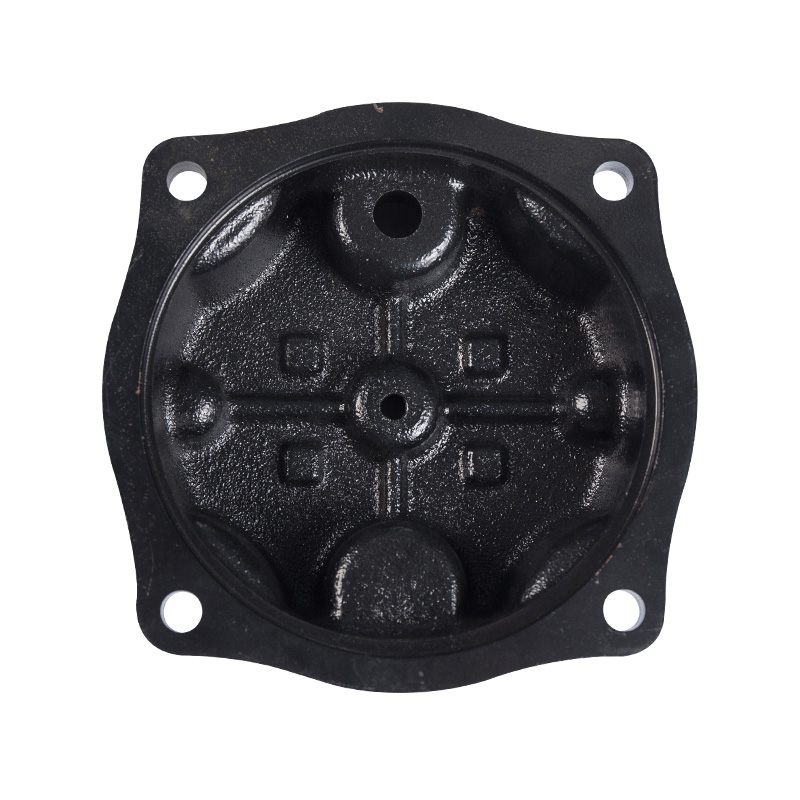
Sewage pump hanging cover
Cat:Sewage Pump Accessories
Installed on the upper part of the sewage pump unit, it is used for li...
See Details -
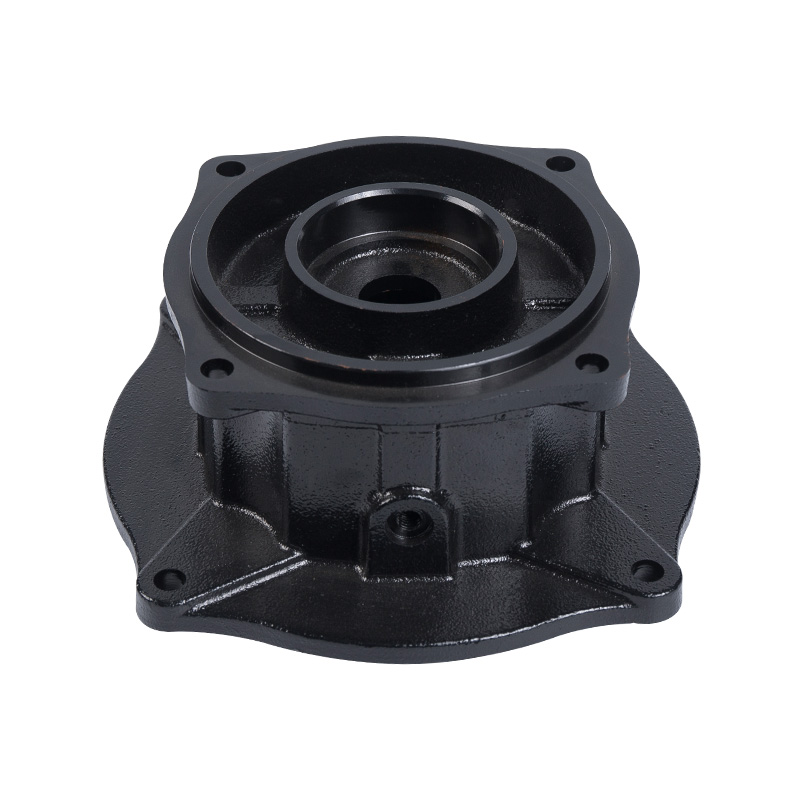
Sewage pump tank
Cat:Sewage Pump Accessories
The oil in the oil chamber, in addition to lubricating the mechanical ...
See Details -
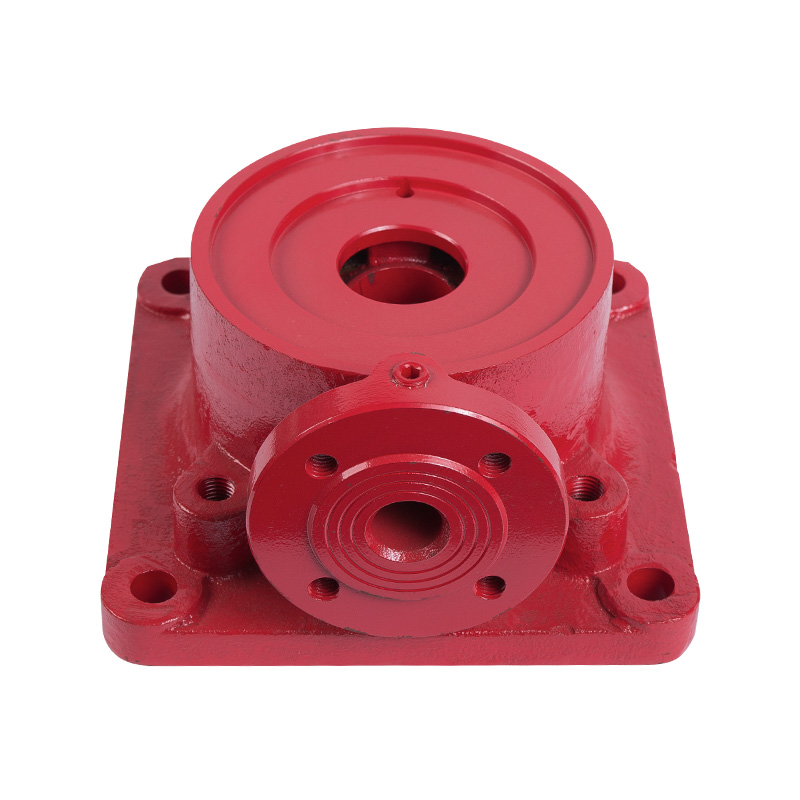
LG multi-stage pump water inlet section
Cat:LG Multi-stage Pump Accessories
The inlet section is the inlet portion of the pump and is responsible ...
See Details -
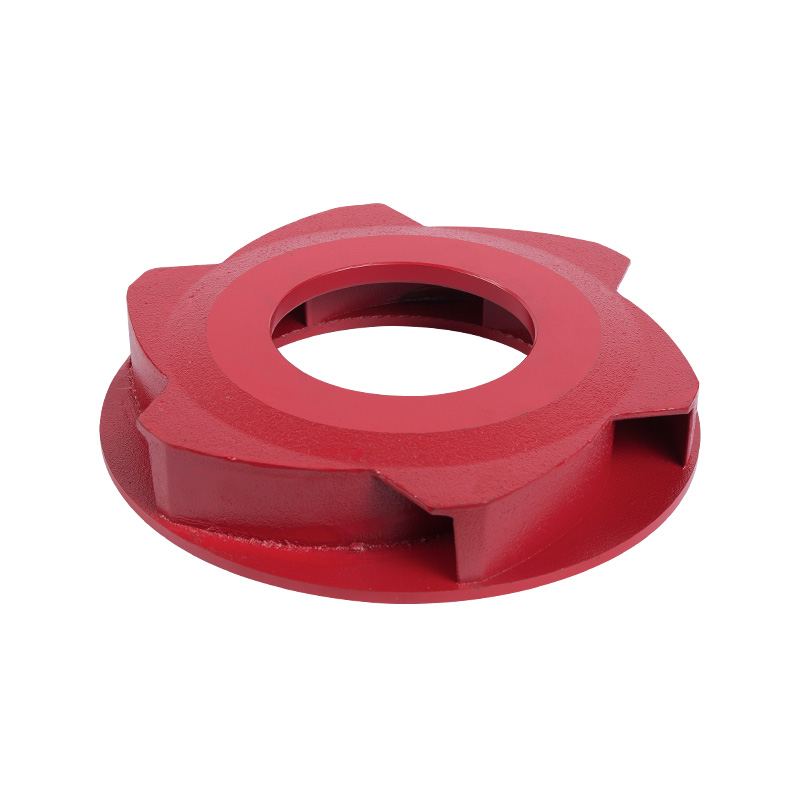
LG multistage pump cast iron impeller
Cat:LG Multi-stage Pump Accessories
Cast iron impeller is one of the key components of the pump, which pre...
See Details -
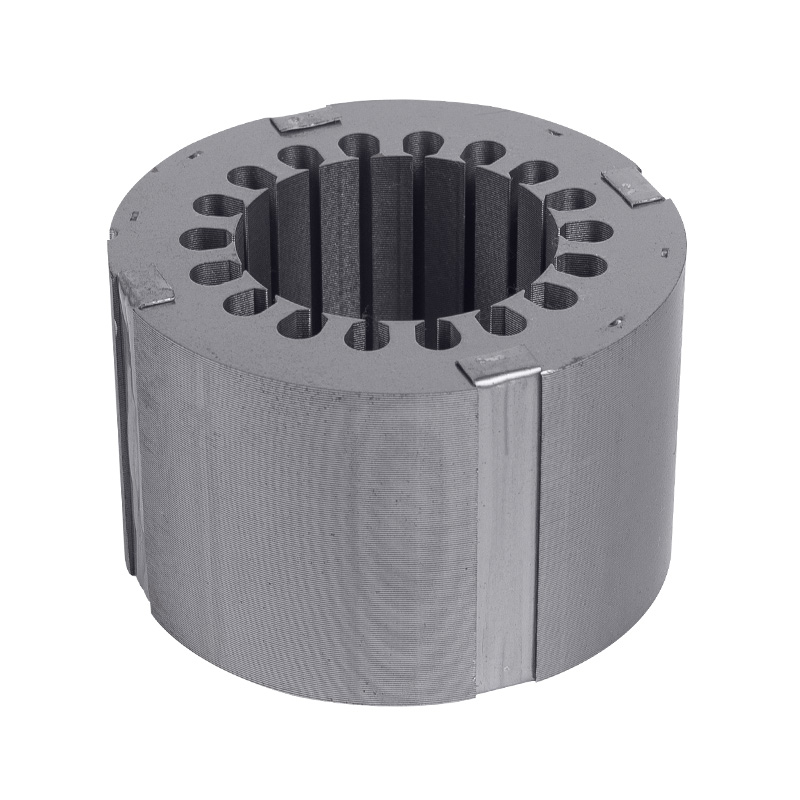
Motor core stator and rotor
Cat:Electric Motor Accessories
A common motor structure, the stator is fixed by the iron core structu...
See Details
- TD High-efficiency And Energy-saving Circulating Pump
- TD High-efficiency And Energy-saving Circulating Pump Accessories
- Pipeline Pump
- Pipeline Pump Accessories
- Sewage Pump
- Sewage Pump Accessories
- LG Multi-stage Pump
- LG Multi-stage Pump Accessories
- Cooling Tower Circulation Pump
- Electric Motor
- Electric Motor Accessories
-

+86-0563-2251312
-

+86-0563-2251311
-

+86-139 6620 0379
-

-

No.43 Guohua Road, Guangde Economic Development Zone, Xuancheng City, Anhui Province, China

